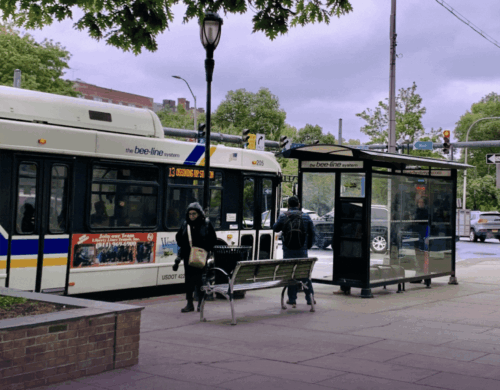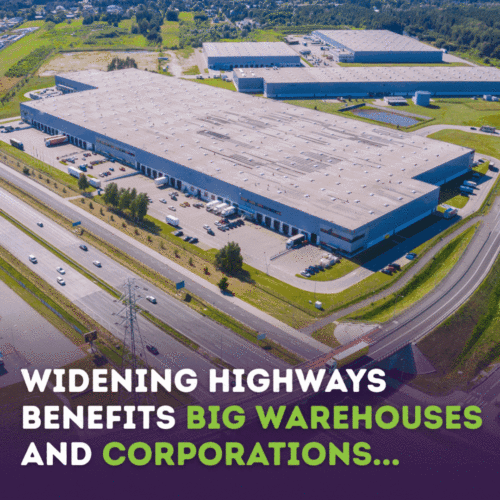How we cut through the culture war on coal


So much good that can come from getting more of the world moving around by bus, train, walking, and biking — health, safety, clean air, financial savings, and the list goes on. Yet America’s public transit systems are plagued by systemic underfunding, leading to a vicious cycle of fewer infrastructure improvements, more service cuts, ongoing public perception problems, declining ridership, and further loss of revenue from fares—all of which contribute to a harmful narrative..
So what can be done? How can we build and bolster political will and narrative power for transit investment? Resource Media has been in the trenches with TransitCenter and its grantees to tackle this challenge. We know a narrative shift is needed to expand and intensify support for transit investment beyond the base we start with today.
Working closely with transit coalitions in three states — Transit for All PA, New Yorkers for Transportation Equity, and Active Transportation Alliance and other advocates in Illinois — we ran three state-specific persuasion tests designed to surface underlying values to anchor transit communications and long-term narrative work.
Here’s what best moved attitudes for transit:

Moving from research to outreach, we collaborated with state coalitions and TransitCenter in the development of communications and narrative plans; guides with illustrative examples of how to put findings into practice in media work and more; video storytelling projects (underway); and digital outreach campaigns to spread top-performing themes and attract new signups and interest from well beyond groups’ current activist base.
This top-performing social post graphic in the Chicago suburbs brought to life one of the themes that tested well in our research.
In places like New York state where big corporations push public money into highway expansions to serve their corporate interests, effective messages tap into public frustration with corporate profiteering. Warehouse corporations pushing transportation spending on a big highway for their truck traffic and profit doesn’t go over well compared to transit investments that benefit neighborhoods and local businesses.
Leveraging the user ease of in-platform lead generation on social media, our outreach campaign in Pennsylvania signed up nearly 1,900 new residents for the coalition’s email list, reaching 200,000 residents; and we saw similar results in New York and Illinois.
Our partnership with state transit advocates and TransitCenter continues, now centered on video storytelling that carries the narrative goals the state coalitions have designed, and we’re deepening in-house capacity for narrative work as we go.
